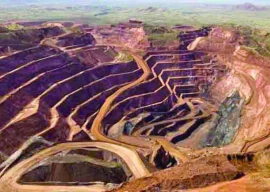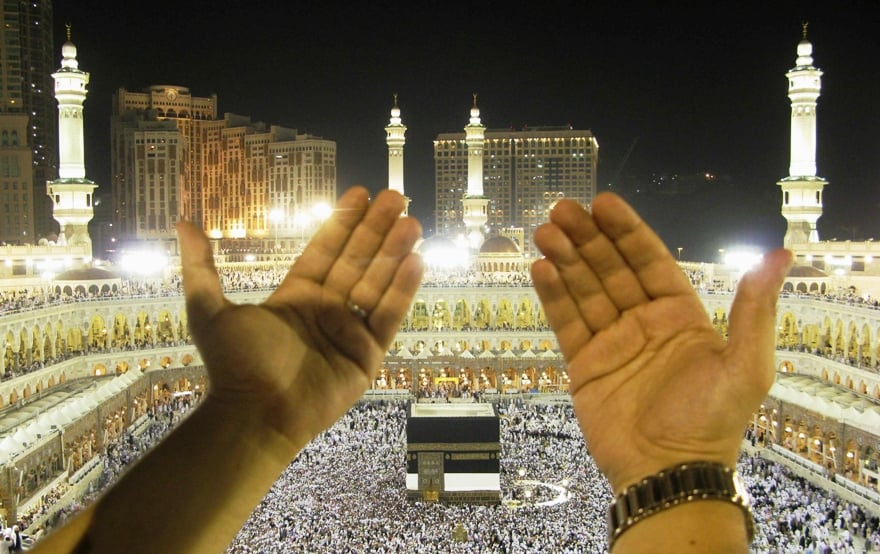
Real estate developers in Pakistan’s third largest city have been unable to clear their inventory of unsold property as the most qualified buyers choose to stay on the sidelines and keep their money in term-deposits to take advantage of the high interest rates at most banks. The remaining buyers seem to be unable to afford the housing at the current prices.
Rai Haider Ali, a real estate developer, says that he cannot sell many of the units in Haider Garden – a development in Faisalabad that consists mostly of townhouses and duplexes despite offering highly attractive financing packages.
The mathematics, however, seems to be working against him. A 480 square-yard plot now costs an Rs4 million in Faisalabad’s middle class neighbourhoods. Five years ago, that same plot would have cost Rs2.2 million, according to Muhammad Din, one of the managers at Haider Garden.
That difference, coupled with higher interest rates, have killed interest in the market. Five years ago, the Karachi Interbank Offered Rate (KIBOR) – the lending benchmark in the country – averaged around 9%. KIBOR is closer to 13.5% this year.
A 10-year mortgage on a Rs2.2 million property would have a monthly payment of Rs24,244 (assuming a 20% down payment and an interest rate of KIBOR plus 2%). Given the higher prices and higher interest rates, that same house would now require – in addition to the higher down payment – a monthly mortgage payment of Rs52,611 per month.
Banks have also scaled back their lending, as the jitters from the 2008 financial crisis have not fully gone away. Most banks have effectively gutted their consumer lending portfolios (where most of them housed their mortgage finance divisions).
Government borrowing, meanwhile, has crowded out the space for private companies to raise debt financing, which makes it difficult for most real estate developers to set up projects, since the entirety of financing needs to be equity-based.
The developers have also been hit by rising input prices. Over the past few years, the prices of bricks, cement, concrete, and steel have all jumped by an average of 80%, according to Faryad Ali, another Faisalabad-based developer.
There is, of course, no shortage of demand in Faisalabad, a city that has grown rapidly as most of central Punjab shifts from being mostly rural to mostly urban. Yet most people currently live in densely packed housing not by choice but simply because they cannot afford any more space, according to most real estate agents in the city.
Rents, meanwhile, have risen by an average of 90% over the last three years. In 2008, a 1,350 square-foot house would cost Rs8,000 per month to rent. That same house would now cost Rs14,000 per month, according to Rehan Majeed, an estate agent.
Until recently, commercial real estate development had been faring slightly better, but higher development costs and weakening demand seem to have caught up with it as well.
Sheikh Atif, a commercial developer, said that an office/commercial plaza used to cost Rs4 billion to construct about three years ago but would cost Rs6.5 billion today.
Published in The Express Tribune, August 29th, 2011.























COMMENTS
Comments are moderated and generally will be posted if they are on-topic and not abusive.
For more information, please see our Comments FAQ